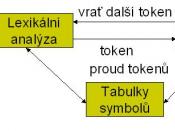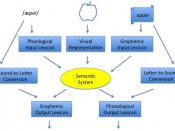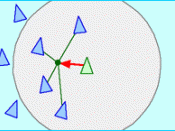Introduction
Ever since the publication of Halliday and Hasan's co-work Cohesion in English in 1976, many researchers began to conduct the studies on the analysis of cohesive devices. As one of the most frequently used cohesive devices, lexical repetition has naturally received the most attention. Among the major theories about lexical repetition, Hoey's pattern of lexical cohesion in text is the most important one. In his analysis, Hoey focuses on the repetition patterns of lexical items and divides lexical repetition into five categories, which are going to be discussed in this paper in detail.
In recent years, lexical repetition has been studied by more and more researchers in reading and writing on the basis of Hoey's theories. Different types of lexical repetitions are presented to show their importance in the non-narration. The analysis of lexical repetition can be used to produce a summary of the text based on central sentences, or to raise students' awareness of vocabulary relationships in the building of meaning, or to understand a text in a more direct approach to reading.
This paper explores lexical repetition and its text-organizing function in English written text. It intends to contribute to three main areas of study. First, it briefly introduces Halliday and Hasan's theory of lexical cohesion and Hoey's patterns of lexical repetition in text. This paper mainly focuses on Hoey's theory, one reason is what Hoey mainly concerns is lexical relations. He regards cohesion to a great extent as the product of lexical relations rather than grammatical ones. Another reason is to understand the repetition patterns of lexis in text has practical meaning in language teaching. Second, through the analysis of several passages, it discusses the cohesive function of lexical repetition. Finally, it discusses the applications to English language teaching in reading and writing by analyzing two...


